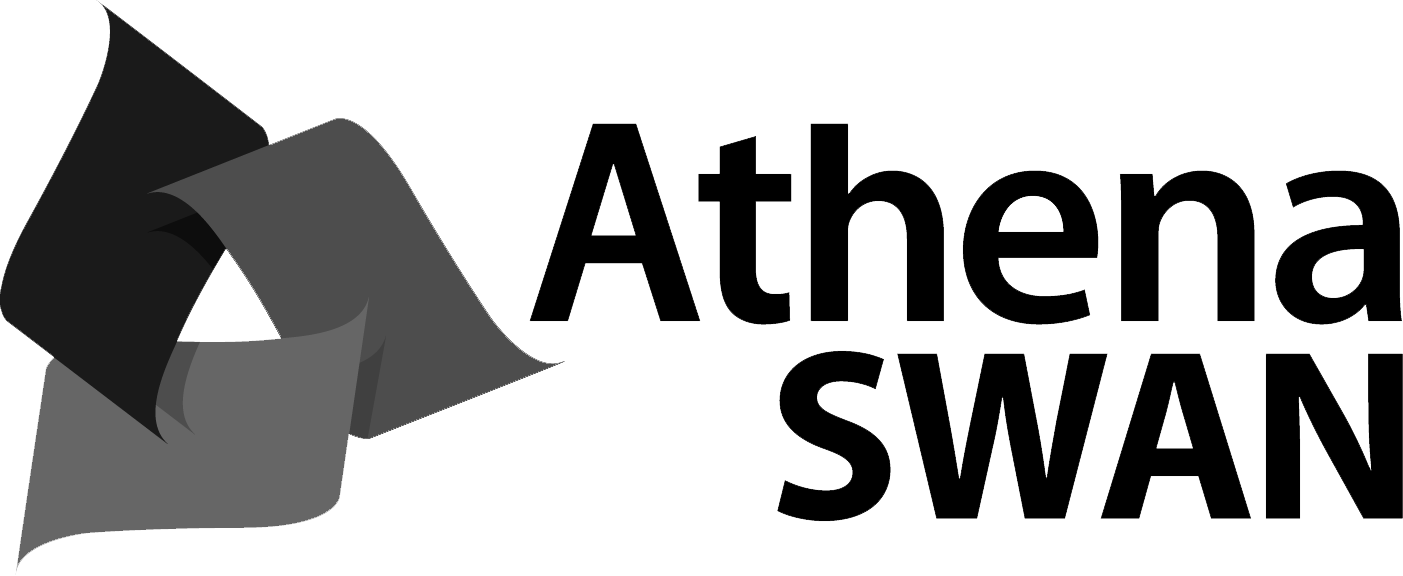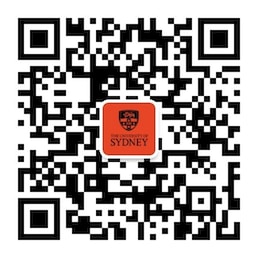The moving image is a defining feature of much contemporary art and its impact has been transformative. This unit explores the influences and intersections between art and the moving image. Through studying the moving image in a range of mainstream and experimental contexts - from art cinema, film and video to the impact of the digital and the proliferation of social media - the unit assesses the aesthetic implications of the rise of the screen image. In examining the history of artistic innovation with the moving image the unit also considers how institutions have sought to collect, preserve and exhibit the moving image.
Unit details and rules
| Academic unit | Art History |
|---|---|
| Credit points | 6 |
| Prerequisites
?
|
None |
| Corequisites
?
|
None |
|
Prohibitions
?
|
None |
| Assumed knowledge
?
|
None |
| Available to study abroad and exchange students | Yes |
Teaching staff
| Coordinator | Keith Broadfoot, keith.broadfoot@sydney.edu.au |
|---|---|
| Lecturer(s) | Keith Broadfoot, keith.broadfoot@sydney.edu.au |





